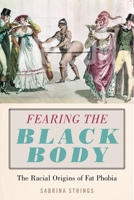Labor and Society in Tsarist Russia: The Factory Workers of St. Petersburg, 1855-1870
Select Format
Select Condition 
You Might Also Enjoy
Book Overview
No Synopsis Available.
Format:Hardcover
Language:English
ISBN:0393051218
ISBN13:9780393051216
Release Date:August 2002
Publisher:W. W. Norton & Company
Length:377 Pages
Weight:1.45 lbs.
Dimensions:1.3" x 6.4" x 8.5"
Customer Reviews
5 customer ratings | 5 reviews
There are currently no reviews. Be the first to review this work.








































